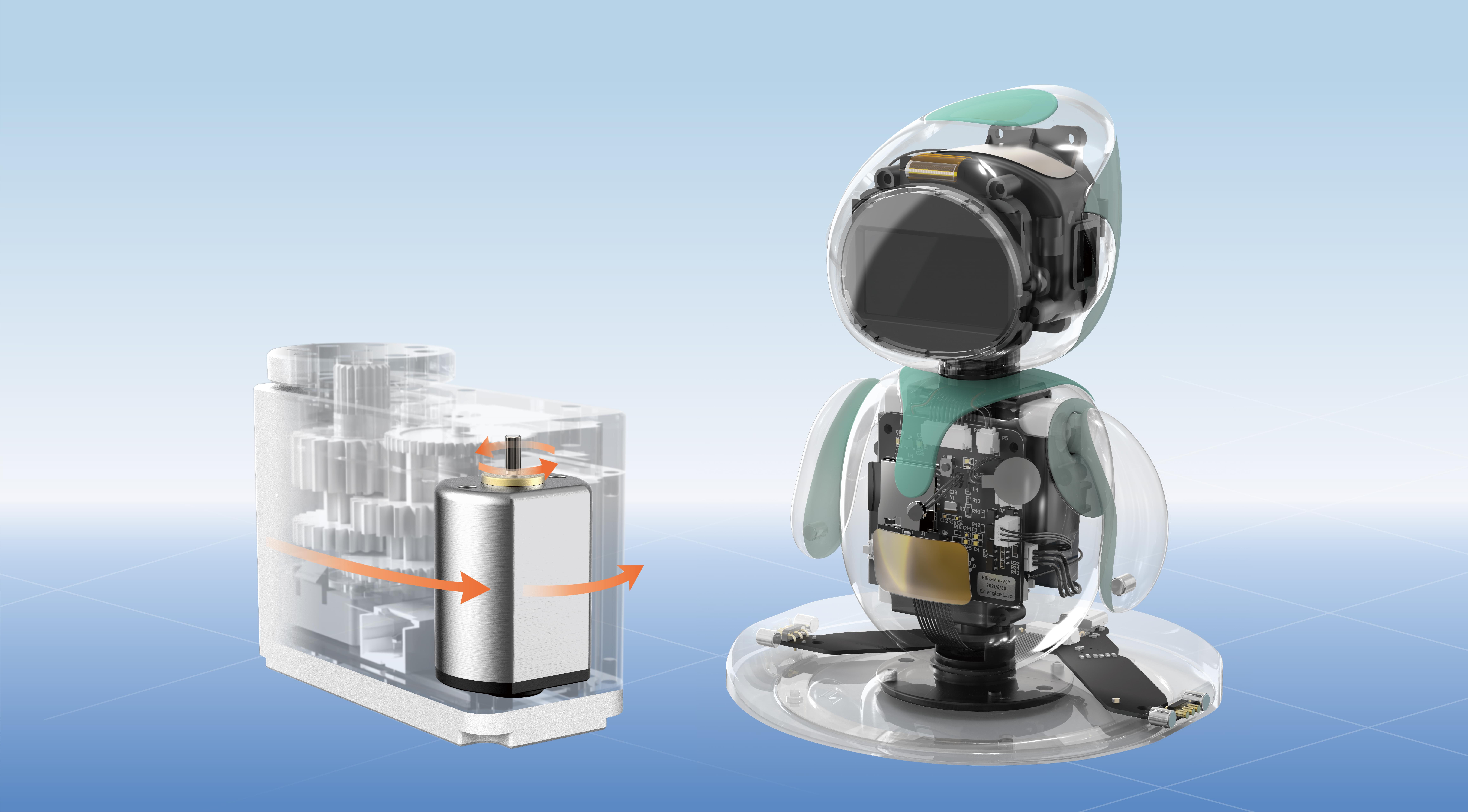Imagine building a system where every component talks smoothly, like a well-rehearsed jazz quartet. That’s what REST APIs do—provide a clean, straightforward way for things to communicate. When you’re diving into microservices, this becomes even more critical. Instead of throwing a monolith out there, each tiny service can do its own thing, and together, they create something that's resilient and flexible.

Now, combine that with GitHub—essentially the playground for developers—where these microservices live, evolve, and improve constantly. It’s like having a concrete playground mixed with a virtual warehouse. Code versioning, difficult bugs, feature branches pop up fast, and everyone can collaborate effortlessly. That’s the beauty.
So, why focus on REST API microservices on GitHub? Because it’s about efficiency, scalability, and rapid deployment. It's as if you’ve got a toolkit that keeps growing and adapting without ever holding you back. You want to push new features? Just branch out, test, merge, and deploy. No more long waits, no more chaos. Think of it as maximizing uptime, everything happening seamlessly behind the scenes.
But let’s get real—sometimes people ask, “Isn’t managing all these microservices complicated?” It can be, if you’re not organized from the get-go. That’s where the architecture on GitHub shines. Clear repositories, standardized API docs, integrated CI/CD? It all turns chaos into order. With version control baked in, rolling back problematic updates becomes trivial, and you avoid that sinking feeling when new updates break everything.
And what about security? Folks wonder if spreading out services exposes vulnerabilities. The neat thing is that APIs allow you to separate concerns. You can lock down sensitive parts more tightly, set specific access controls, and monitor traffic. It’s like having a perimeter fence—defensible, flexible, and responsive.
Plus, let’s talk about it from a practical angle—say you’re a team that wants to develop a new feature fast enough to stay competitive. You create a microservice, deploy it via GitHub, and when ready, plug it into the existing ecosystem. If a bug pops up, you fix it in minutes, not days. The iterative cycle accelerates, and suddenly, your product isn’t just good; it’s ahead.
Ever wondered what makes some apps seem to have an endless flow of updates? It’s those microservices working behind the scenes. REST API protocols keep the conversation smooth, microservices handle isolated functions, and GitHub ensures everyone’s on the same page. It’s like your project’s secret recipe for agility.
In the end, this setup isn’t just a technical choice; it’s a strategic move. With REST APIs, microservices, and GitHub all working together, you’re crafting a digital landscape that’s robust, adaptable, and ready for whatever’s next. Who wouldn’t want that kind of power?
Established in 2005, Kpower has been dedicated to a professional compact motion unit manufacturer, headquartered in Dongguan, Guangdong Province, China. Leveraging innovations in modular drive technology, Kpower integrates high-performance motors, precision reducers, and multi-protocol control systems to provide efficient and customized smart drive system solutions. Kpower has delivered professional drive system solutions to over 500 enterprise clients globally with products covering various fields such as Smart Home Systems, Automatic Electronics, Robotics, Precision Agriculture, Drones, and Industrial Automation.




































